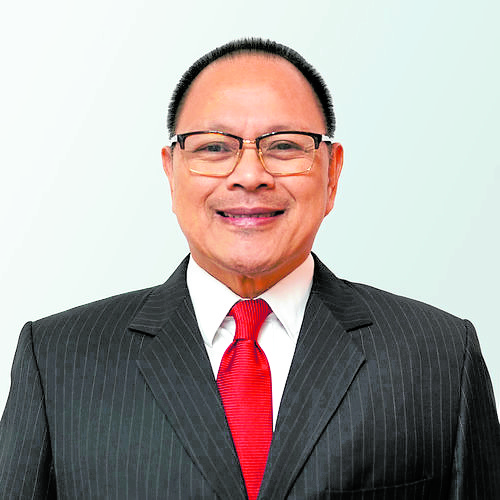AirAsia PH ready to rehire retrenched workers next year
Budget carrier AirAsia Philippines is ready to rehire retrenched pilots and cabin crew by the second quarter of 2022 as it seeks to double the number of operating planes in the coming months. During a virtual briefing on Thursday, AirAsia Philippines CEO Ricardo Isla said increasing their workforce would be a “top priority” given their plans to expand on the back of easing travel restrictions and lower COVID-19 cases.
“That’s the first thing we will [do], rehire our pilots, cabin crew and, of course, engineers and maintenance people,” he said.
AirAsia Philippines cut roughly 700 jobs while management and senior officers took deep pay cuts as the pandemic grounded operations for long stretches in 2020.
The budget airline has about 1,500 employees today, said AirAsia Philippine chief financial officer Ray Berja.
He added that their passenger load, which measures seat occupancy, was moving higher and could reach 80 percent by year-end.
AirAsia Philippines is currently operating just five aircraft out of its total fleet of 24 Airbus A320s. With demand picking up, Berja said they would increase the number of operating planes to 12 by the first quarter of 2022.
“We are looking forward to a very strong and very bright Christmas,” Isla said.
By Dec. 1, AirAsia Philippines and its regional affiliates will restart flights from Manila to Hong Kong, Taiwan, Singapore, Thailand and Malaysia to mainly cater to overseas Filipino workers planning trips during the coming holidays, according to Isla.
Local demand was also showing strong signs of a rebound after destinations such as Bacolod, Cagayan de Oro, Cebu, Iloilo and Tacloban scrapped the requirement for reverse transcription-polymerase chain reaction tests while the government allowed seniors as well as minors to fly.
AirAsia Philippines expected prepandemic demand for domestic flights to return by the middle of 2022 but full recovery would also depend on the easing of international restrictions, Isla said.
“International is 50 percent of our [prepandemic] flights. That is why we would like to push harder for the resumption of our international flights,” he said.
AirAsia Philippines spokesperson Steve Dailisan said they were also planning to establish so-called tourism bubbles with close neighbors in the region to stimulate demand.
At present, the Philippines restricts the entry of visitors from China and South Korea, which were major tourist source markets before the pandemic.

